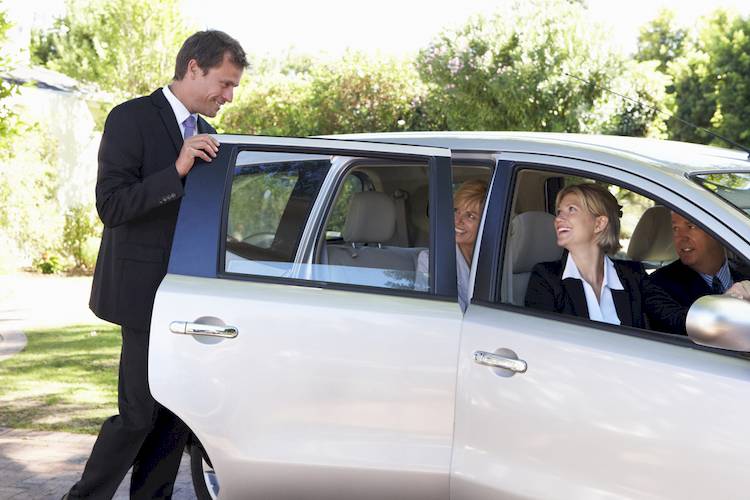

Car pool lanes have been around for a few centuries, and have been rapidly growing in popularity. There are currently over 3,000 miles of car pool lanes in the United States, covering any different states. Millions of Americans rely on freeways every day to get to and from work, and many of them are able to take advantage of their state’s car pool lanes so that they can save time and money while commuting, and avoid rush hour traffic as much as is possible.
Car pool (also referred to as HOV, for High Occupancy Vehicle) lanes are freeway lanes that are only for vehicles with multiple occupants. In most car pool lanes, you need to have at least two occupants (including the driver) in the vehicle in order to qualify. In some counties and on some freeways the minimum is three or four occupants, but two is by far the most common.
Motorcycles are also allowed in car pool lanes, regardless of how many occupants they have. A number of states have environmental initiatives that allow alternative fuel vehicles (such as gas-electric hybrids and plug-in electric cars) to drive in the car pool lane with only one occupant. A few states even have car pool lanes that are combined with freeway express lanes, where solo drivers can pay a toll in order to drive in the car pool lane.
Since most cars that are on the freeway during rush hour one have one occupant, the car pool lane is able to avoid the kind of congestion that the rest of the freeway experiences. This makes it so that vehicles in the car pool lane can travel at a high freeway speed, even when the rest of the freeway lanes are stuck in bumper to bumper rush hour traffic. This is a great reward for people who opt to carpool to work every day, and it also encourages other drivers to do the same. Ultimately this removes vehicles from the roads, which decreases traffic for everyone, limits harmful carbon emissions, and lessens the wear and tear on the freeways (which then lowers the amount of road repair money is needed from taxpayers). All things considered, car pool lanes save drivers time and money, while also helping the roads, environment, and fellow drivers, which adds up to make them some of the most important features and rules of the road.
For the states that have car pool lanes, the traffic laws that go with them are extremely important, as a car pool violation usually comes with a very hefty fine. Since the car pool lane rules vary depending on what state you’re in, you should always make sure that you’re familiar with the rules before driving, especially when you are traveling to a new state.
Are there car pool lanes in Vermont?
Despite the increasing popularity of car pool lanes, there are currently none in Vermont. The main reason for this is because Vermont is a scenic, rural state, and car pool lanes are created to aid commuting. Vermont is a state that doesn’t have a single city with 50,000 residents in it, so rush hour traffic is not a problem for drivers the way it is in metropolitan areas, where tens of thousands of people are commuting into and out of a city every day.
Vermont’s freeways were also built before car pool lanes became popular, so adding car pool lanes would cost a lot of money, without achieving much.
Will there be car pool lanes in Vermont anytime soon?
Because Vermont doesn’t have a problem with traffic congestion and commuters, it seems unlikely that car pool lanes will be added to the state’s freeways anytime soon. That said, Vermont is one of the nation’s pioneers in terms of energy efficiency, so state officials and residents are constantly looking at ways to improve the environmental impact of their transportation system. If it ever makes sense for the state to implement car pool lanes, it seems likely that they will be added to the freeways.
Car pool lanes are incredibly beneficial for a large amount of commuters. But unlike in some states that don’t yet have car pool lanes, it seems to make sense that Vermont doesn’t yet have any.



